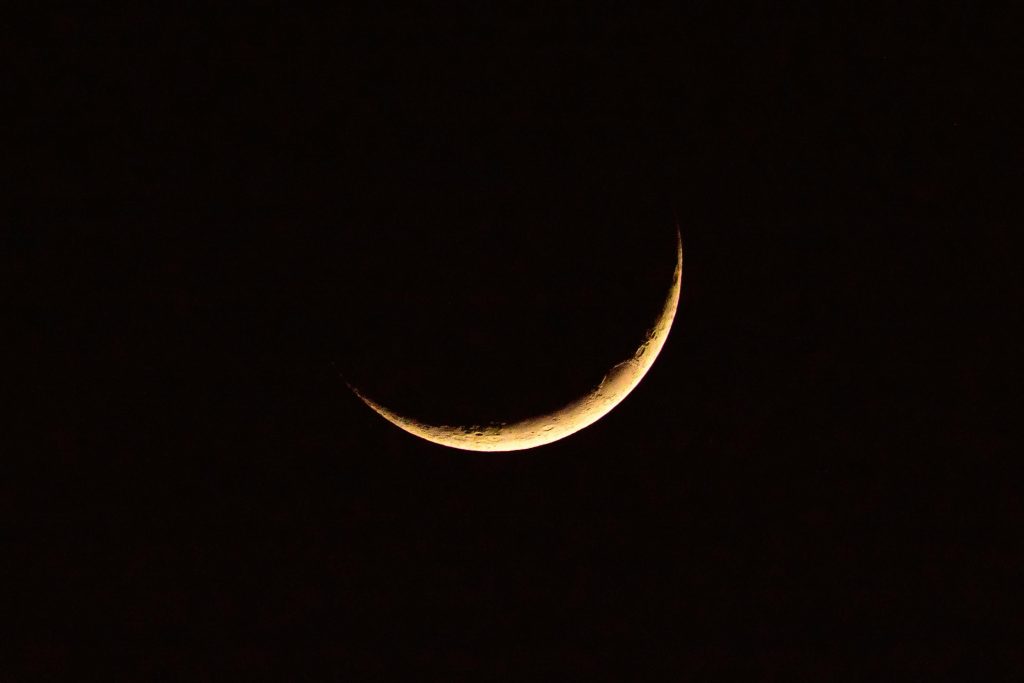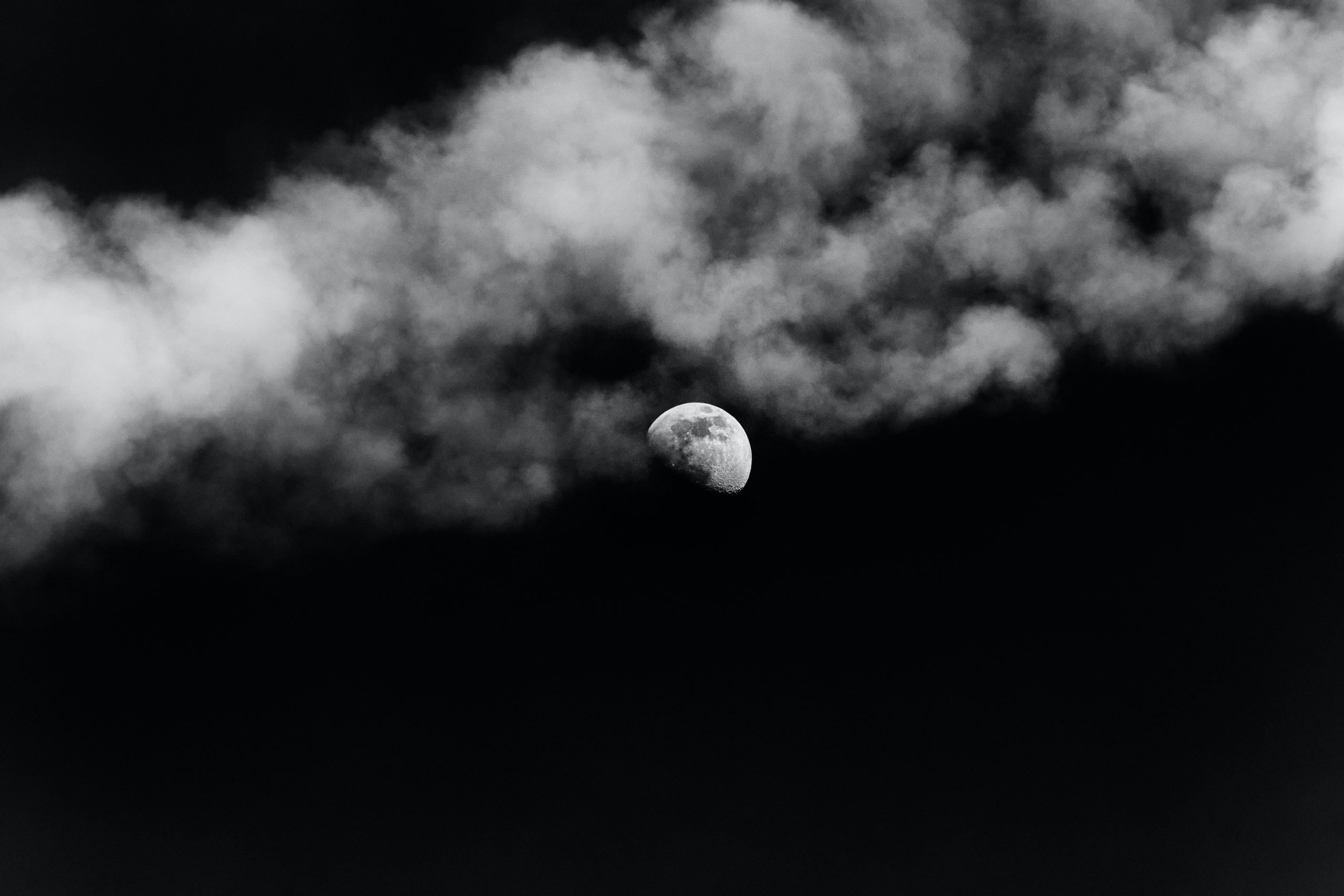The Moon’s Role in Shaping Earth:
1. Gravitational Tides:
The moon’s gravitational pull exerts a powerful force on Earth, giving rise to ocean tides. These tidal movements play a crucial role in shaping coastlines, sculpting landscapes, and driving ocean currents. Tidal forces also contribute to the mixing of nutrients and oxygen in the oceans, influencing marine ecosystems and supporting biodiversity.
2. Stabilizing Earth’s Axial Tilt:
The moon’s presence helps stabilize Earth’s axial tilt, which in turn regulates the planet’s climate and seasons. Without the moon, Earth’s rotational axis would undergo chaotic fluctuations, leading to extreme climate variability and making life as we know it unsustainable.
3. Impact Protection:
The moon acts as a cosmic shield, protecting Earth from potentially catastrophic impacts by asteroids and comets. Its gravitational influence helps deflect or capture incoming space debris, reducing the frequency and severity of collisions with our planet.

The Moon’s Influence on Human History:
1. Timekeeping and Calendars:
Throughout history, humans have used the moon as a natural timekeeping mechanism, tracking its phases to mark the passage of time and seasons. Early civilizations developed lunar calendars, which served as the basis for agricultural practices, religious observances, and societal rituals.
2. Cultural and Mythological Significance:
Across cultures and civilizations, the moon has been revered as a symbol of divinity, fertility, and mysticism. Mythological stories and religious beliefs surrounding the moon have shaped cultural identities, artistic expressions, and spiritual practices throughout human history.
3. Lunar Exploration and Scientific Discovery:
The moon has long captured the imagination of scientists, explorers, and adventurers. The Apollo lunar missions of the 20th century marked a significant milestone in human exploration, providing invaluable insights into lunar geology, planetary science, and the origins of the solar system.

Looking to the Future:
As we continue to unravel the mysteries of the moon and its influence on Earth, there is much more to discover and explore. Future lunar missions, such as NASA’s Artemis program and international collaborations, hold the promise of unlocking new scientific knowledge, advancing space exploration, and expanding our understanding of the cosmos.
In conclusion, “Our Moon” stands as a testament to the intricate interplay between celestial bodies and terrestrial life. Its gravitational pull, rhythmic cycles, and cultural significance have profoundly shaped the course of Earth’s history and human civilization. As we gaze up at the night sky, let us marvel at the beauty and wonder of the moon, a timeless symbol of inspiration, curiosity, and exploration.
